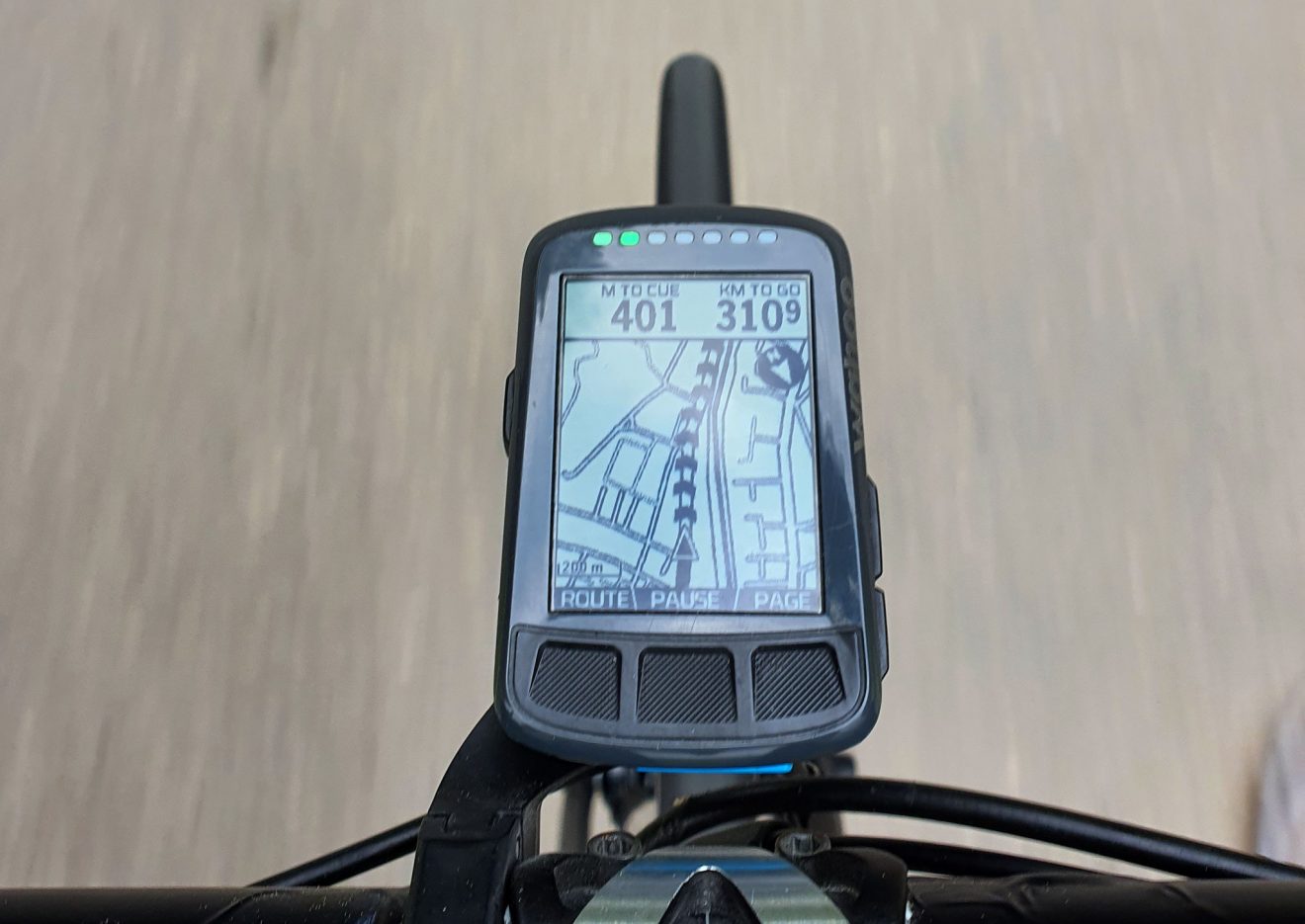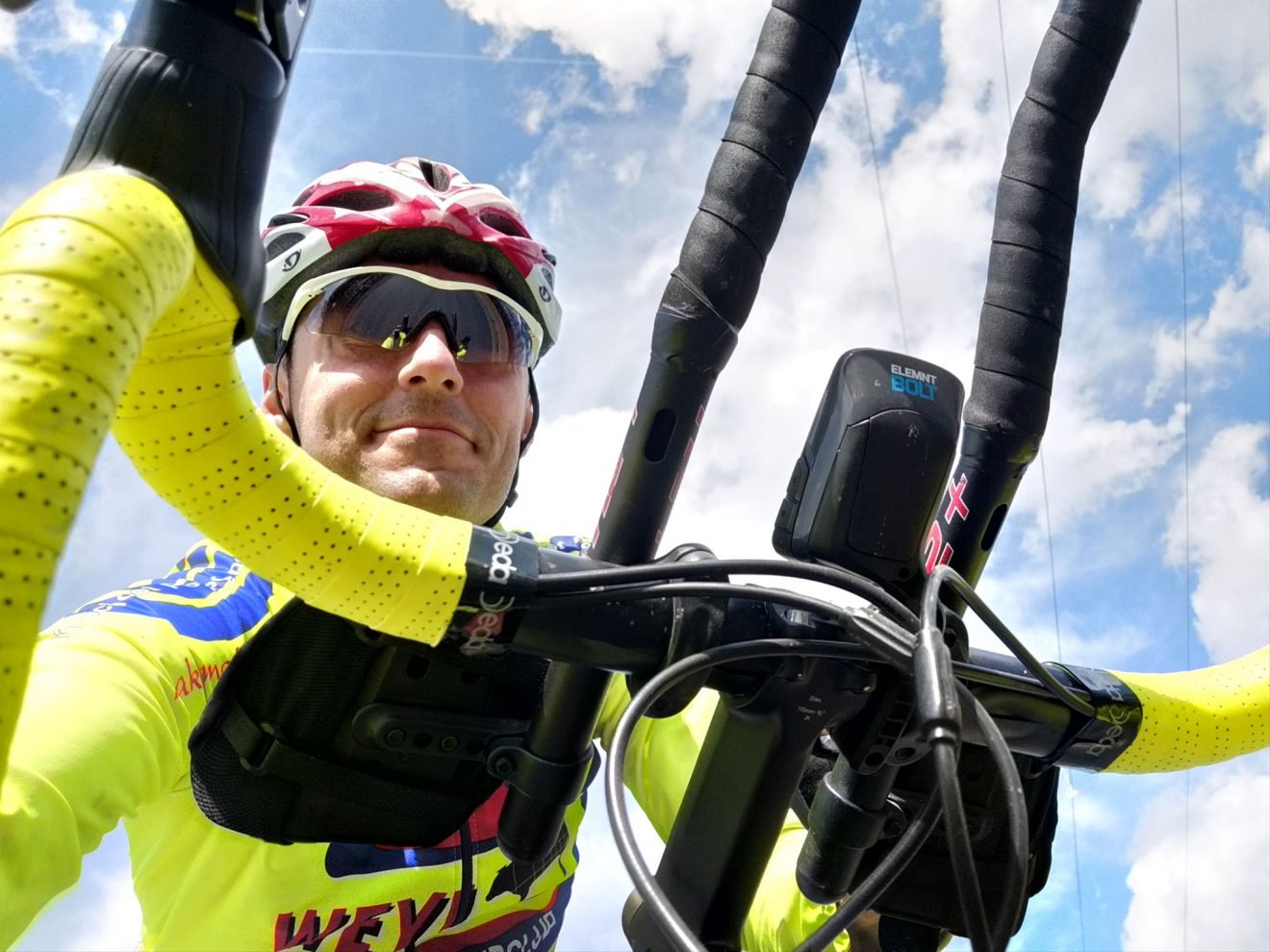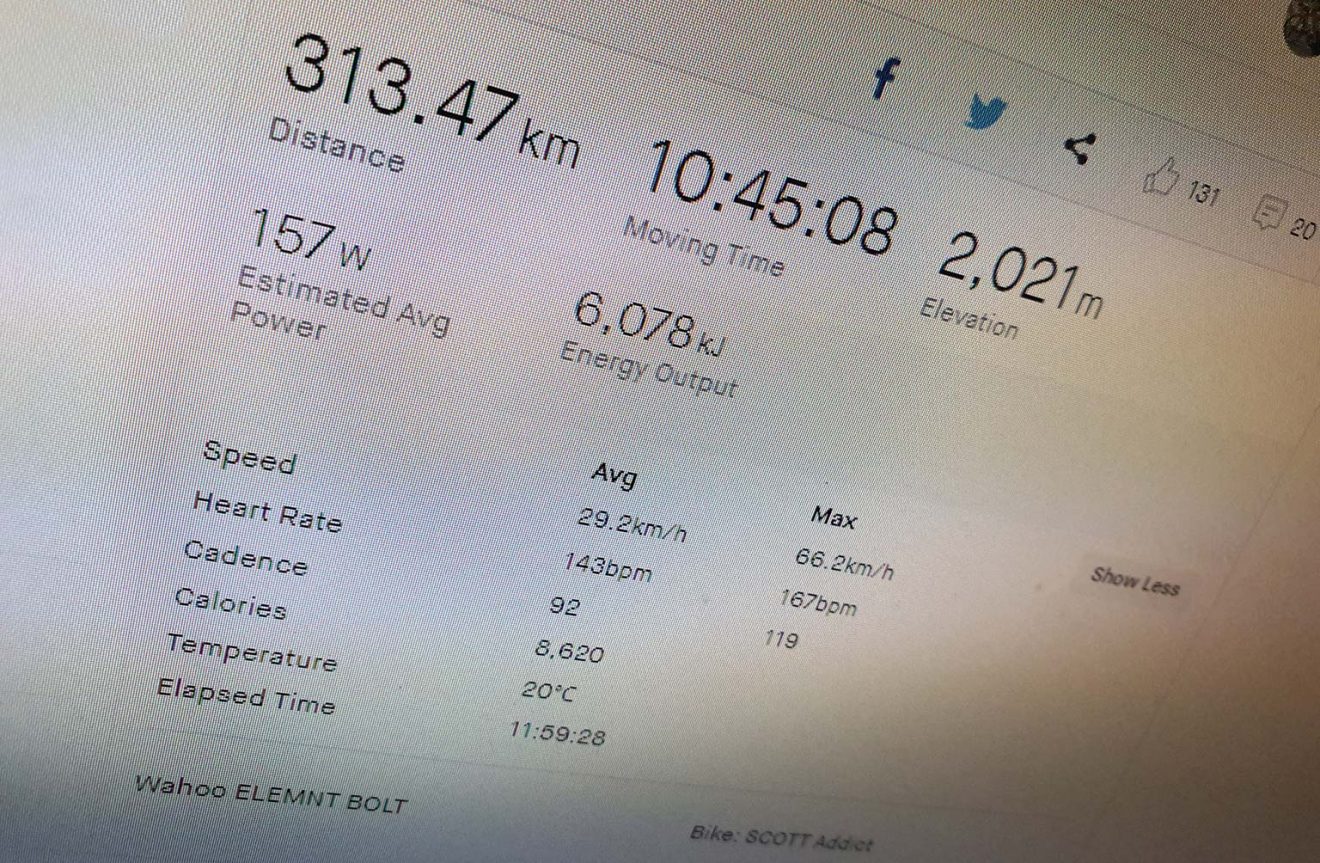It is the unknown around the corner that turns my wheels.
– Heinz Stücke
Ah, those round numbers! First you have mastered a hundred km ride, then two hundred kilometers… and now you have discovered a whole new world of challenges? Great! We have a three hundred km ride in store for you! 🙂
200 + 100 = ?
At first you would say that the result of this arithmetic operation is, of course, 300. However, in this case it depends on who exactly you ask. For some, three hundred represents “only 100 additional km”, while for others, compared to two hundred km ride, it represents “another 50% of additional mileage”. Either way, for those extra 100 km you have additional 6 and a half hours at your disposal as compared to two hundred. So, the total limit is exactly 20 hours for a successful completion of the official BRM brevet of 300 kilometers in length.

How to finish a 300?
Well … you need to start first, but by deciding on this endeavor and appearing at the start – you’ve already done 90% of the work, assuming you’ve previously successfully completed a 200 km route – because of the extremely valuable experience you’ve gained, as well as knowing what you are capable of. Now, 200 km is no longer a just a dream, but a new base level or a springboard for even longer rides. But no matter how easily or quickly you rode a 200 km brevet, when you take a look at a 300 km route ahead of you – it can be frightening, not only as a figure or an idea that you might be riding deep into the night, but just looking at the route map can give you chills. On the other hand, all these circumstances are exactly what gives you the inspiration and motivation for these ultradistance rides. Pretty bizarre situation, isn’t it? 🙂
But… let’s go back to those extra 100 km. No matter which of the aforementioned groups you identify with, it is definitely not the same task doing 100 km when you are rested and doing those 100 km after already having ridden 200 km. That is why you should not look at riding 300 in such fashion, that is, you should approach the ride integrally, which means that you should distribute energy from the start in a way as if you were riding 300 km, not 200 + 100, but you will psychologically and practically divide it into smaller portions, of course. As always, the mandatory checkpoints fit perfectly into this scenario.
Also, it should be taken into account that “300” does not necessarily mean exactly 300, but it can be up to 10% more (and very rarely less), which can easily add another hour or an hour and a half to the total ride time.

Riding with a full tank
It is always an imperative for me to approach such rides with enough adequate food and drinks or with an elaborate diet plan on the route itself (which entails excellent knowledge of the route). Unlike the 200, where you can get by without a concrete meal (with the use of quality “fuel”), for a ride of 300 km I would definitely recommend that you have at least one. By this I do not mean a feast, but a sizable portion of pastry, pizza, soup or something else will really invigorate you and will not present a problem for your stomach.
With this in mind, you can apply the following tactics:
- take a break somewhere around half the route and prepare for the other half,
- base the ride on some snacks, one-third and two-thirds of the route,
- if you are already perfectly timed for riding 200 km, then take a break for a meal then.
Of course, it is presumed that this meal is an addition to the classic cycling nutrition – bananas, carbohydrate and protein chocolates, isotonic drinks, etc.

As always, dietary preferences are very individual and vary from case to case. I personally either carry sandwiches on which I can easily reach the 200 km mark, then take a break and eat something concrete – or I stop by the bakery on about a third of the route, eat something at the spot and take something with me for later – and do not take a special break for lunch. It all depends on the route itself and the pace of a ride.
Anyway, I always try to keep all my breaks to a minimum, guided by the logic that I will starve more if the ride lasts longer 🙂
Uncharted territory
As with any long distance ride or in fact any important ride of any kind – the rule is not to do it with untested equipment. However, on a 300 km ride, other things come up. E.g. you have shoes that suit you very well, you rode 200 km with them without any problems – however on the way to the 300th kilometer you may start having problems with blisters or other irritations. Not to mention cycling bib-shorts, saddle and your seating area. Also, in the late phase of the ride, you are physically very tense and there can be problems with muscle cramps, discomfort in the ligaments, tingling in the fists, neck pain and the like. The inevitable drop in mental focus should not be ignored either.
Speaking of equipment, everything is true as for a 200 km ride – you need to be equipped in accordance with weather conditions and expected temperatures but for this occasion you should also consider sunglasses with two pairs of lenses (dark and light) or ideally with photo-sensitive (photochromic) lenses. For electronic devices, you will almost certainly need an external battery pack. And for you personally, the so-called aerobars or TT/triathlon extensions might be a good idea to have, but this requires prior special preparations and adjustments.

Eine kleine Nachtmusik
On a 200 km ride you can easily get by without the need to use lighting equipment, unless you are riding very early or late in the year or you are doing a night-time brevet :). You can also finish a 300 km ride in daylight or at dusk in certain circumstances, although if you are riding 300 km for the first time, chances are that the ride will end during the night.
Most people get intimidated by this idea and for the same reason it can be hard for you to force yourself to go on a night ride purposefully before the need arises. However, this is actually nothing that should get you terrified and as you will already be close to the goal, which is probably an urban zone, you will not experience any special aggravating circumstances. Of course, provided that you have adequate lighting with you on the bike.
I will expand on the subject of night riding in a special article on the subject.
Every end is a new beginning
You completed the 300 km ride but that is just the beginning, because you have now seriously stepped into the world of ultramarathon rides and now, when you’ve seen what you are capable of, various ideas about traveling by bike and crossing borders, both geographical and your own, start appearing in your head. Also, what is very important for a continuation of your development in the field of ultracycling is a fact that you are now capable of doing much longer multi-day challenges as well.
In the next article on this subject – 400 km!
